As we head into November, a season of gratitude and returning to the earth, I’ve been thinking about an interview that has stayed with me all year. It was a podcast with Lyanda Lynn Haupt, author of Rooted: Life at the Crossroads of Science, Nature, and Spirit. She was talking about the phrase “kith and kin” and how over time we’ve lost the meaning of the word kith. When she explained and defined “kith” as meaning country, land, or home, it was like a reverberation through me. This is a word I need. It was a completion of what I have been experiencing this year as I explore the idea of birds as kin ~ friend, family, relation; it rooted this relational experience with birds into place, into the landscape.
In an essay by Haupt in Kinship: Belonging In a World of Relations, she writes: “Where kin are relations of kind, kith is relationship based on knowledge of place... Kithship, then, is intimacy with the landscape in which one dwells and is entangled, a knowing of its waymakers, its fragrance, the habits of its wildlings.”
My ever morphing Slow Birding practice has cracked open my thinking on how I relate to birds. I find myself scrutinizing the objectification of birds in my practice and in my work as a bird conservationist. It has me thinking of birds less as objects to notice, to count, to save and more as “relations of kind” as Haupt puts it. This puts me in a wholly different mindset when I’m birding, even Slow Birding.
And now I have the agency of the words kith and kithship to name and explain the importance of a relationship to the land. I’m coming to understand that kinship and kithship are part of my Slow Birding practice. The way that I approach my time on the land with birds is about cultivating a relationship, really a friendship that is just like my time with my human friends and family.
Here are some things that have helped me cultivate these relationships:
Reading the work of Robin Wall Kimmerer, J. Drew Lanham, Sharon Blackie, and Lyanda Lynn Haupt
Researching the ancestral people of where I live AND my own white European ancestry in order to honor and rediscover our collective relationship to nature and place
Bringing mindfulness into my birding practice to explore an embodied rather than intellectual connection to place and to birds
There’s much more to unpack here, so I invite you proceed slowly and intentionally as you exlpore what kith & kin means for you. Happy to receive your thoughts in the comments below!
“To be rooted is perhaps the most important and least recognized need of the human soul.”

